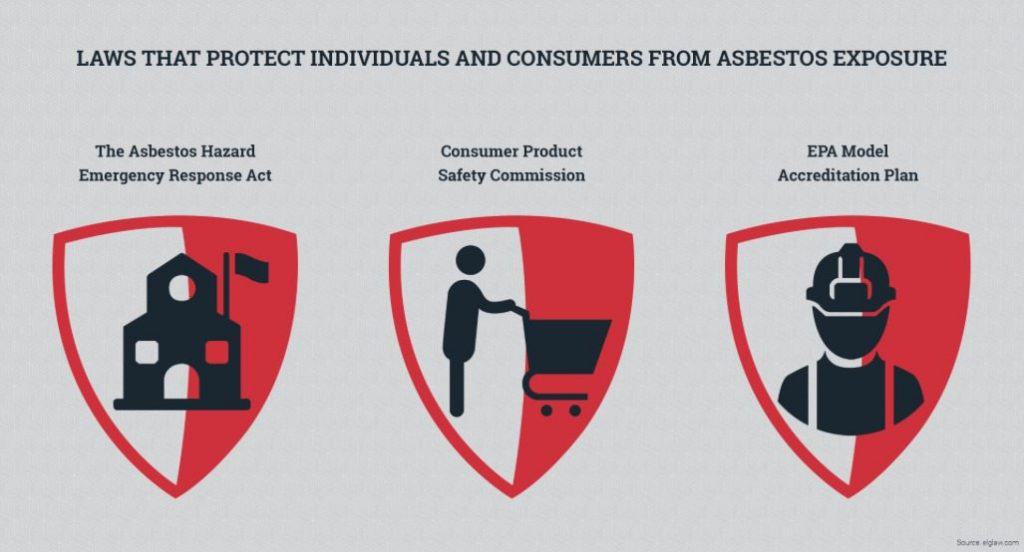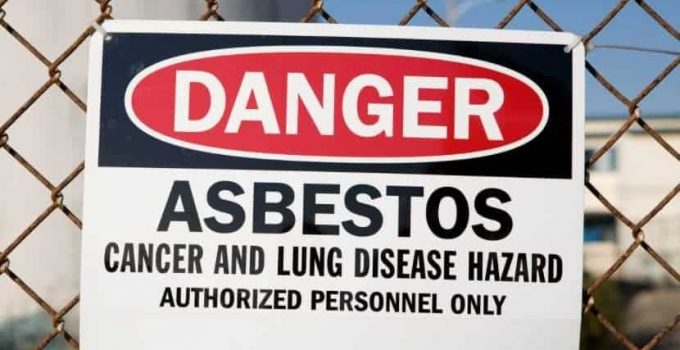Recognizing Asbestos' Harm
In today's world, it is widely recognized that asbestos is incredibly harmful to the human body. Products made today are made carefully to ensure that they do not contain any asbestos. Even with today's strict health standards, some products and buildings containing asbestos can still make contact with the human body.
Related: What Is Asbestos Exposure?
When and Where was Asbestos Used?
Asbestos was commonly and indiscriminately used as a building and insulation material up until the 1970's. As many companies did not realize the harm and threat posed by asbestos, this material was mined to be used commercially throughout North America around the end of the 1800's. By World War II, asbestos had become a popular material throughout the United States and many countries across the world.
Asbestos was used throughout various industries to strengthen plastics and cement as well as act as a material for sound absorption, fireproofing and insulation. This explains why even today, asbestos can be found within older homes and buildings, throughout pipes and in certain products.
Related: How to Find the Best Asbestos Removal Training
When was Asbestos Banned?
By the 1970's, the United States' CPSC, Consumer Product Safety Commission, realized the dangers posed by asbestos. The CPSC banned asbestos use for wallboard patching compounds, as well as gas fireplaces as the asbestos fibers could be easily released into the environment. Following this, electrical hair drying companies began removing asbestos from their products as well.
With the Clean Air Act of 1970, asbestos was classified as an air pollutant. This allowed the EPA the right to regulate the disposal and use of asbestos. This act banned spray applied asbestos and in 1976, the TSCA or Toxic Substances Control Act gave the EPA the right to restrict asbestos. In 1987, The AHERA, or Asbestos Hazard Emergency Response Act allowed the EPA to inspect and remove asbestos in schools.
The EPA issued the official “final” banning for asbestos in 1989. This ban was enacted to prevent the sale, use and production of most products that contained asbestos. These products included roll board, flooring felt, as well as corrugated, specialty and commercial paper that contained asbestos. This ban continues to prevent any companies from using asbestos in new products as well.
Related: The Best Asbestos Encapsulation Products
Regulations Following the Banning of Asbestos
Following the ban, the EPA put certain regulations into place to ensure that school systems inspect for any damaged asbestos, remove the asbestos or encase the asbestos. Removing and encasing the asbestos ensures that occupants are not exposed to the contaminants.
In addition to these recommendations, consumers and building owners and developers continue to follow the EPA guidelines for any older products and buildings that may contain asbestos.




